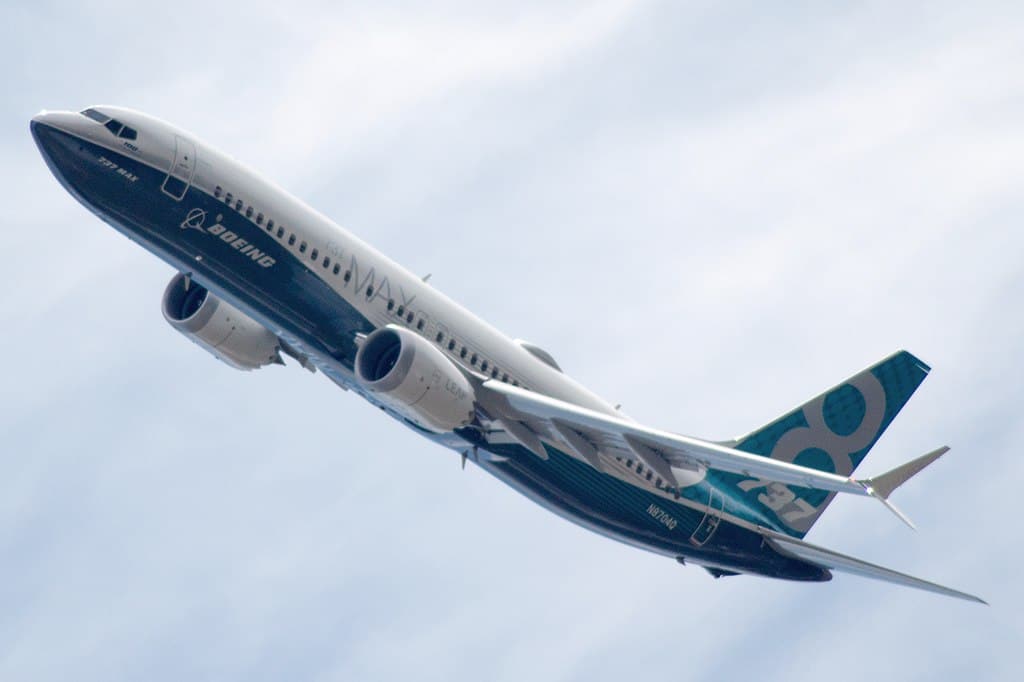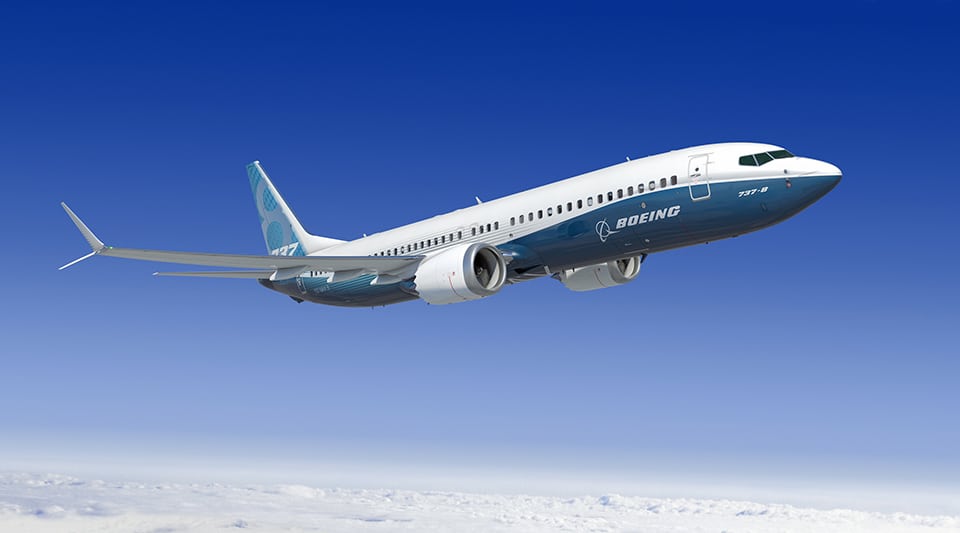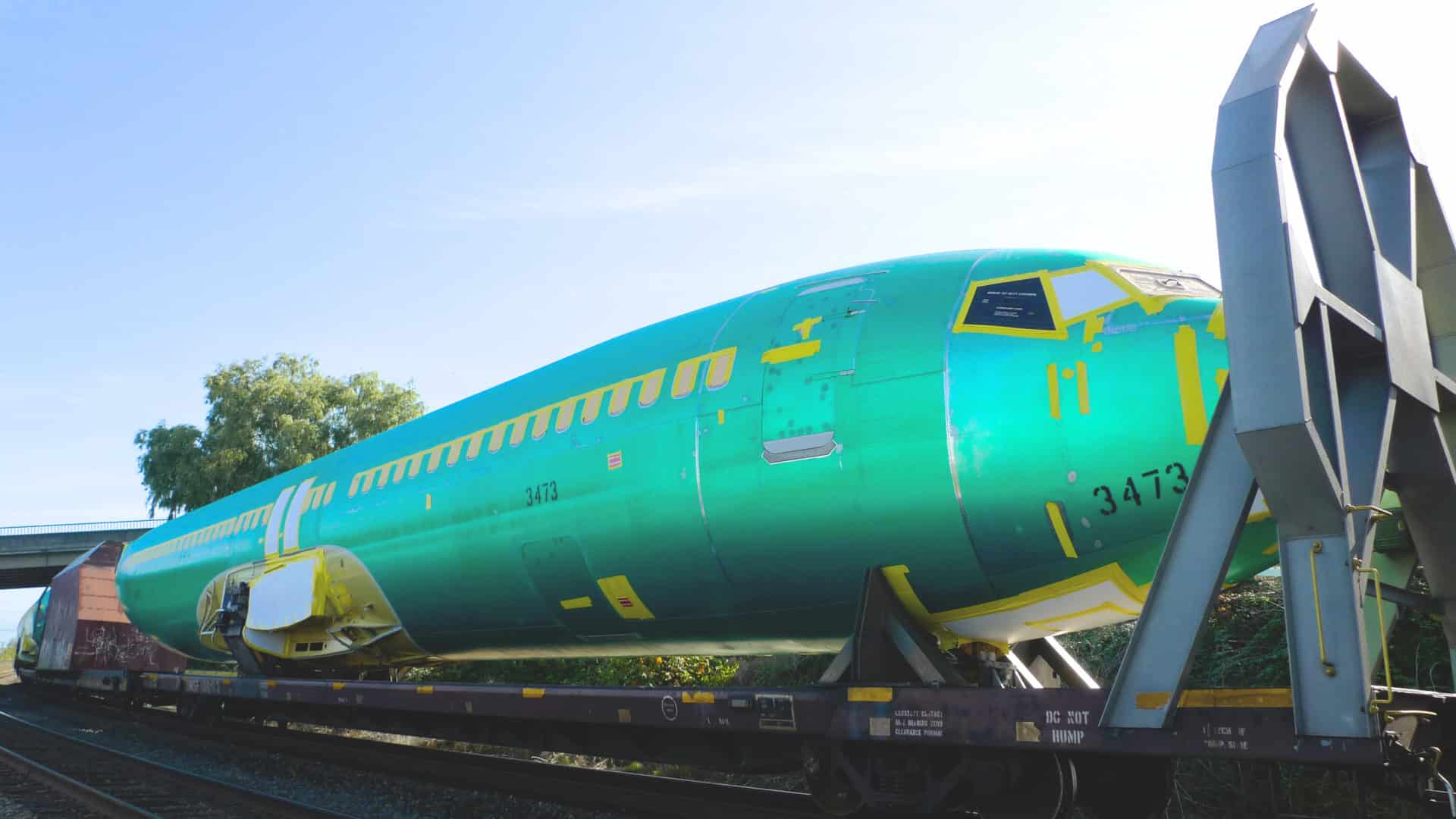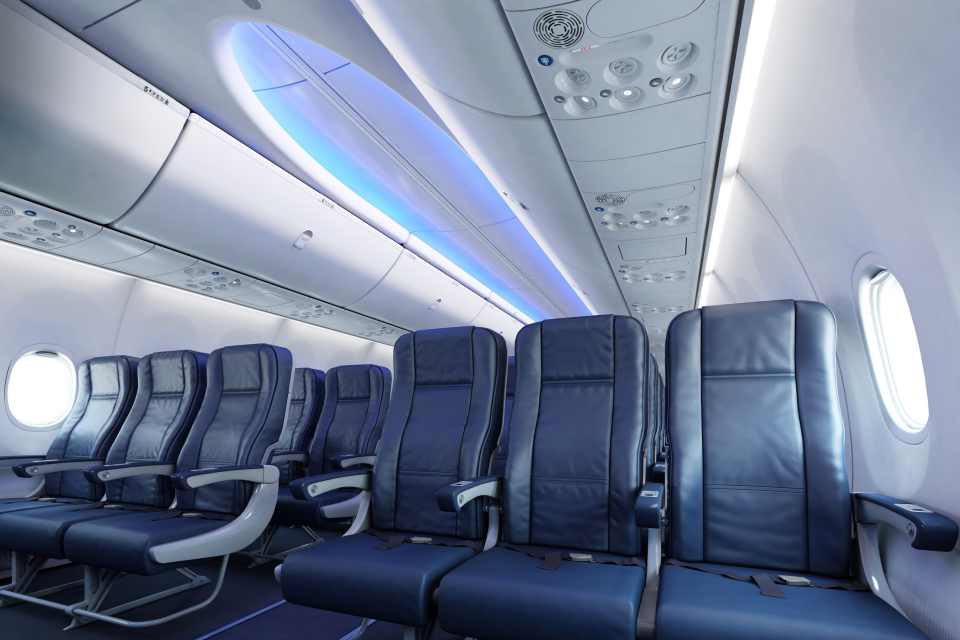Airlines
10 things about Boeing 737 max aircraft.
The Boeing 737 Max is the most recent model of aircraft produced by the Boeing company, and it boasts a number of advantages over earlier models

The Boeing 737 Max is the most recent model of aircraft produced by the Boeing company, and it boasts several advantages over earlier models. We shall learn what features have been introduced to this aircraft in this article.
No 1. Establishment of Boeing 737 max
The Boeing 737 Max is an enhanced version of the 737. Boeing is the manufacturer of this airliner’s narrow body. In the market, it faces up against the Airbus A320 family. On January 29, 2016, the Boeing 737 Max made its inaugural flight. the Federal Aviation Administration certified it
No2. Flight deck and Twin-Engine Airliner
The flight deck can house the pilot and a co-pilot and is equipped with a common display system supplied by Honeywell Air Transport Systems. The CDS consists of six flat-panel liquid crystal displays, and new line of aircraft is designed to provide consumers in the single-aisle category better fuel efficiency. To reduce weight, the flying controls use fly-by-wire spoilers rather than a mechanical system. To increase cabin pressurization, the aircraft has electronic bleed air systems and anti-icing equipment. The 737 MAX’s interior is outfitted with the popular Boeing Sky Interior.
A sustainable source of power LEAP-1B engine provides Boeing 737 MAX operators with improved performance in terms of fuel consumption and CO2 emissions (15 percent ), NOx emissions, and noise emissions (up to 50 percent). The list price for the engine purchase is US$348 million , and deliveries are expected to start in 2022. The LEAP-1B-powered Boeing 737 MAX aircraft is a key element.
No 4. Feature about 737 max
The 737 MAX is Boeing’s most modern 737 to date in terms of technology. New, fuel-efficient engines and advanced flight deck layout are features of the 737 MAX. It has much more efficient LEAP-1B engines that offer higher fuel economy. A more tapered aerodynamic tail cone. This is part of the design advancement to achieve up to a 1% improvement in fuel economy. Boeing 787-style engine nacelles with a scalloped casing that allows for cleaner airflow and less drag.
No 5. 737 MAX Winglet has Natural Laminar Flow
Natural Laminar Flow is present on the 737 MAX at Winglet. Boeing solves this with the “Natural Laminar Flow” properties of the 737 MAX AT Winglet by using detailed design, surface materials, and coatings that enable laminar – or smoother – airflow over the winglet. This reduces drag and improves fuel efficiency.
No 6.The 737 Max have a new wing
Boeing has the very latest in advanced winglet technology, the 737 MAX AT Winglet. In addition to the inward, upward and slightly forward lift components of the upper aerofoil, the new lower aerofoil generates a vertical lift component that is vectored away from the fuselage, and also slightly forward. Working together, these provide the perfectly balanced winglet that maximizes the overall efficiency of the wing. Believing there was even more efficiency to be gained on top of the benefits from this ingenious solution.
No 7. Boeing uses iPads to train 737 max pilots
Boeing used iPads to deliver two-hour lessons about the airplane. It also gave pilots a 13-page handbook explaining the differences between the 737 MAX and earlier 737 models. Pilots are often trained on new airplanes with simulators. some pilots could fly the aircraft because its workings were similar to the regular Boeing 737 series. Boeing insisted that simulator training was unnecessary even after American Airlines and Southwest Airline pilots complained of the airplane’s unusual flight pattern.

Airlines
An A320 plane flew for 28 minutes with both pilots asleep

In a startling incident, an Airbus A320 operated by an Indonesian airline, Batik Air, flew for a harrowing 28 minutes with both pilots asleep at the controls.
The alarming event unfolded on Batik Air Flight 6723, carrying 153 passengers, en route to Soekarno–Hatta International Airport in Jakarta. The saga began when the first officer allowed the captain to take a nap, only to fatigue himself, attributing his drowsiness to caring for his one-month-old twins. As the pilots dozed off, the aircraft veered off-course, prompting concerns from air traffic control (ATC) who lost contact with the flight 90 minutes into its journey.
Despite the pilots being unresponsive for nearly half an hour, ATC managed to track the aircraft using radar as it covered a staggering 210 nautical miles, equivalent to the distance between New York and Washington, D.C. The captain eventually woke up, realizing the perilous situation and rousing his co-pilot.
After correcting the flight path, the captain attributed the radio silence to a “communication problem,” and the plane eventually touched down safely in Jakarta. However, the incident sparked widespread concern and investigation by Indonesia’s transport ministry.
A preliminary report revealed that the second-in-command had not rested adequately before the flight, shedding light on the potential dangers of pilot fatigue. While the identities of the pilots remained undisclosed, the incident underscored the critical importance of ensuring crew members are well-rested and fit for duty.
Despite the gravity of the situation, the swift actions of the awakened captain averted disaster, emphasizing the necessity for robust safety protocols and measures within the aviation industry.
Airlines
Ex-Cathay Pacific A330-300 Destroyed by Fire during Long-Term Storage at Spain
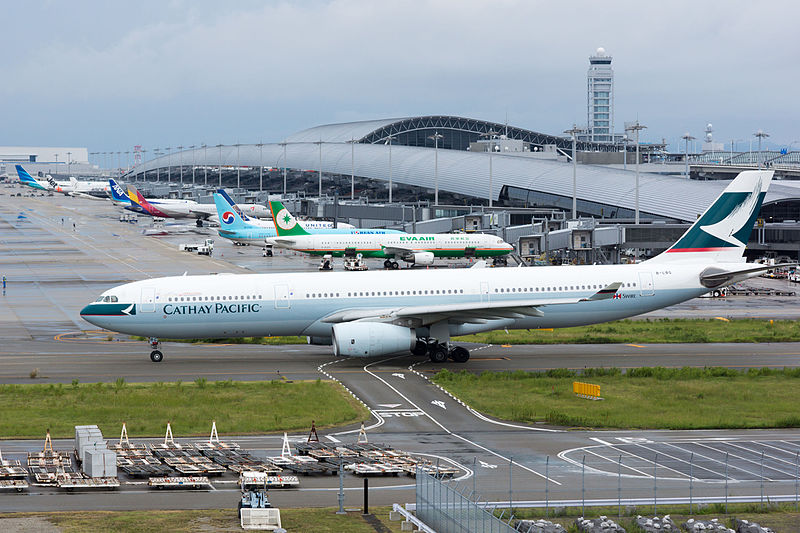
In a dramatic turn of events, an ex-Cathay Pacific Airbus A330 met a fiery end at Ciudad Real Airport in Spain. The aircraft, with a distinguished service history spanning 28 years, was resting in long-term storage at the airport when disaster struck.
Reports emerged detailing the unfortunate incident, painting a picture of destruction and chaos. The once majestic A330, bearing the serial number MSN113, became engulfed in flames while undergoing dismantling procedures. What began as a routine process turned into a nightmare as a fire erupted in the aircraft’s tail section, quickly spreading to consume the entire fuselage.
Emergency responders, including the Civil Guard, medical teams, and law enforcement personnel, swiftly descended upon the scene to contain the inferno. Despite the intensity of the blaze, their coordinated efforts prevented any injuries among both the public and the brave individuals working to quell the flames.
By mid-afternoon, the Ciudad Real fire service declared victory over the fire, announcing its successful extinguishment. However, the aftermath left behind a trail of questions and concerns. Authorities launched an investigation into the cause of the blaze, with initial findings shrouded in mystery.
The head of the airport expressed astonishment at the unprecedented event, highlighting it as the first instance where airport infrastructure had to grapple with such a significant fire-related challenge. As the investigation unfolds, the aviation community awaits answers, hoping to shed light on the circumstances leading to the demise of the retired Airbus A330.
Airlines
Air India’s last VVIP Boeing 747 now found a new home in USA

In a symbolic transition marking the end of a storied chapter in aviation history, Air India bid farewell to its last remaining Boeing 747-400 jumbo jetliners, once revered for ferrying dignitaries including prime ministers, presidents, and vice presidents.
The sale of these iconic aircraft to AerSale, a company based in the United States, signals the closure of a remarkable era for the airline.
The decision to part ways with the Boeing 747s was driven by practical considerations. Tata Group, the new custodian of airindia flights, deemed these majestic planes uneconomical to operate in today’s aviation landscape. As such, out of the four sold, two will be repurposed into freighters, while the remaining pair will be meticulously disassembled to harness their valuable parts.
The transaction, orchestrated by Mumbai-based Vman Aviation Services, underscores the strategic shift in Air India’s fleet management strategy under its new ownership. Tata Group’s decision to divest from the 747s reflects a commitment to optimizing operational efficiency and aligning with contemporary industry standards.
Skytech-AIC, a UK-based remarketing firm engaged by Tata Group, facilitated the sale of these iconic aircraft, marking the conclusion of their illustrious service with Air India. The airline’s last flight featuring the Boeing 747 took to the skies between Delhi and Mumbai in March 2021, encapsulating decades of distinguished service and indelible memories.
The allure of used aircraft parts continues to resonate across the aviation sector, offering operators a cost-effective alternative without compromising on quality or performance. The transfer of these aircraft to AerSale not only ensures their continued utility but also underscores the enduring legacy of Air India’s fleet.

